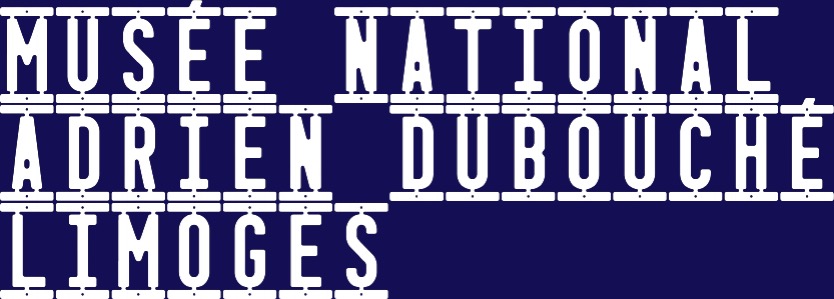Stoneware plays an important part in the Adrien Dubouché National Museum collections. Following the pieces produced by Jules-Claude Ziegler, a number of artists became interested in this technique and therefore participated in its revival : Auguste Louvrier de Lajolais and Ermance Bisquit, Adrien Dubouché’s widow, acquired a number of pieces directly from Auguste Delaherche’s workshop. In parallel, other artists, strongly influenced by Oriental ceramics, enjoyed the expressive qualities of the material. Ernest Chaplet was keen to pierce the mysteries of the famous Chinese “sang de boeuf” glaze, which is demonstrated by several of the pieces in the collections. The personal careers of these artists who cleared the way for “independent“ ceramicists – Chaplet, Delaherche, and also Dalpayrat, Carriès, Dammouse etc. – reveal common aspirations beyond their singularity. Their approaches led to the emergence of a new type of ceramicist who strove to be an artist. The museum’s large collection of so-called “independent“ ceramicists is now exhibited in its entirety.
In the last room, an adjustable stage set has been designed for modern and contemporary ceramics. The ceramic collections of the Limousin Regional Contemporary Art Fund are displayed on it like a ceramic landscape. The exceptional collection of stoneware collected by Maurice Lambiotte and given to the museum in 2004 is also one of the jewels of this section. It explains the collector’s taste, who was passionate about “clay works” and was particularly keen on the artists of La Borne.
Visitors are then invited to go up the stairs, passing the prints painted on the walls, towards the Limoges porcelain, which takes up the first floor of the historical museum. Preceded by a corridor of stained-glass windows, the “enamel” room is now devoted to glassware, and its original décor has been restored. The most famous glassware centres (Venice, Nevers, Bohemia etc.) are all represented. Thanks to this historical collection, built up around the Gasnault collection, the museum continues to give glassware a special place and follows an active acquisition policy in this area.
